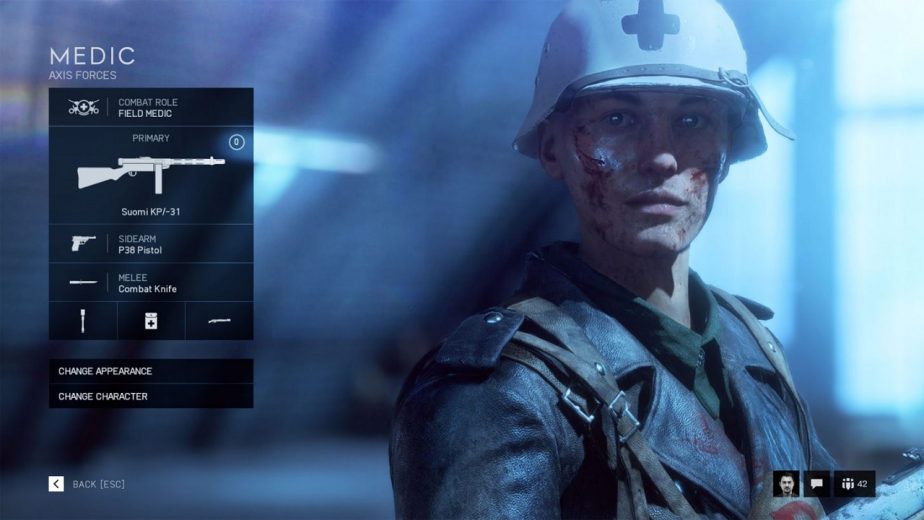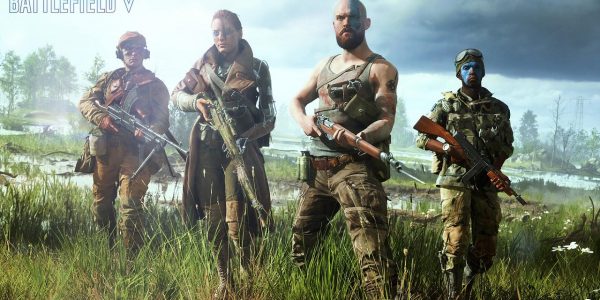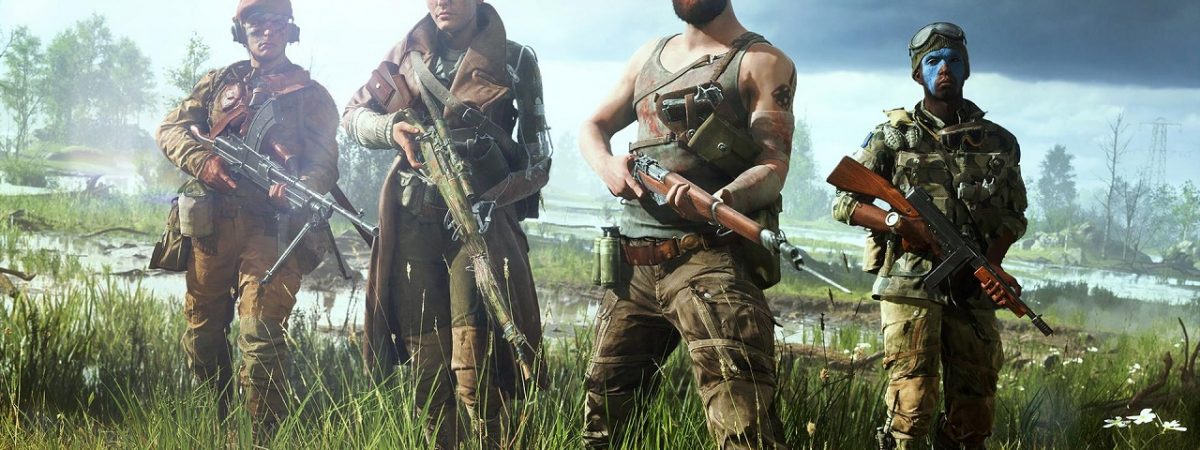After its release date was postponed, Battlefield 5 is now due to release in mid-November. Between now and then, DICE has laid out plans for alterations and tweaks to be made to the game; the studio is focusing on polishing the game as much as possible. Recently, DICE released a complete list of all weapons, vehicles, and more which will appear in the game at launch. Among the different classes, each has 1-2 assigned weapon categories. The Medic class has just one; Submachine Guns. All told, there will be 7 Battlefield 5 submachine guns at launch.

All Battlefield 5 Submachine Guns Featuring at Launch
Medics are the only class which have a single weapon category to choose guns from. The other three classes all have two. Although some of those other weapon categories feature guns which appeared in Battlefield 1 (a total of 7 such firearms), the Battlefield 5 Submachine Guns category does not. As the only category for the Medic class, there are more guns in the Battlefield 5 Submachine Gun category than in any other primary weapon category. Of course, DICE is still likely to add additional firearms in post-launch content.
- STEN: “The easier to control twin of the MP40.”
- Suomi KP/-31: “Very hard to control, fast firing SMG. It starts off a bit weak, but benefits more than other SMGs from progression.”
- EMP: “Developed in Germany, this submachine gun proved immensely popular across Europe and Asia.”
- MP40: “The Allies called this popular submachine gun the ‘Schmeisser’ although well-known weapon designer Hugo Schmeisser was not involved in its creation.”
- MP28: “After World War 1, Hugo Schmeisser made many improvements to the MP 18, such as replacing the drum magazine with a straight one. The resulting MP28 was sold to both China and Japan among others.”
- MP34: “The MP34’s design was based on the old MP 18 submachine gun. Used primarily by the German army, it was an extremely well-made gun although the production costs were very high.”
- M1928A1: “The Chicago gangsters made the ‘Tommy Gun’ famous in the 1920s. The US Army adopted it in 1938 for its accuracy and high rate of fire, and Allied Commando and Ranger units used it extensively.”




